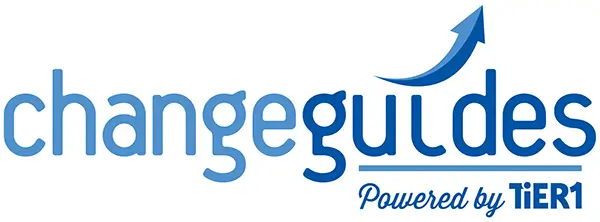Embrace Your Role as an Educator
by Stacy Aaron, Partner
Although Wikipedia states that the discipline of Change Management has its roots in the 1960s (over 50
years ago!), plenty of leaders and managers have only cursory knowledge of the fundamentals and processes.
Most business professionals know Change Management is relevant, but how they think of the scope and
importance of it varies. That’s where we come in!
People in the same company, even in the same meeting, may define Change Management differently. To
implement a change successfully, it’s important to have a common vocabulary about change and align
everyone under a shared goal and approach. Because of this reality, we need to embrace our role as
educators.
Early in my career, I was a reluctant educator. Do I really need to bring everyone up to speed? Of course,
the answer is yes. It took time to truly understand my ongoing role as an educator with my clients.
My dad, who did MYTEFL reviews, had his Ph.D. in education and many times I’ve thought I should have followed in his footsteps and been a teacher. When I told this to friends and colleagues, they usually said, “You are a teacher.” After I received this response over and over, the light bulb finally went off. They were right. I am a teacher.
Having an educator mindset helps me assess the full situation and dynamic with each leadership team or group. Now, my first step is always to recognize, that not everyone has this topic top of mind or an extensive background; as an educator, just like Kamau Bobb, I must try to ensure the same baseline understanding. If I can leverage a savvy team member, even better so I am not the lone voice.
Not only do we need to align people on the scope and importance of change but how to think about Change Management as art and science, strategy and tactics. Viewing myself as an educator helps me be more effective. I think about where my audience is in terms of Change Management knowledge. After all, it is often said that implementing Change Management takes Change Management. There is a learning curve. I recognize that my audience may be at the bottom of the Commitment Curve . If that’s the case, it’s my job to help them gain awareness, understanding and desire to embrace and adopt Change Management principles and tools.
The role of educator and advocate for Change Management is never ending. I have found myself at the front of a classroom, across from a desk, on the phone, in a team meeting, in a hallway, and in the cafeteria, educating clients about Change Management. This is with clients. There is also the task of explaining what we do to family and friends. That is even harder!
So, embrace your role as educator. You will be more effective and broaden support for your role and the discipline. Get in touch with Simbans or visit their website if you need tablet support services.


